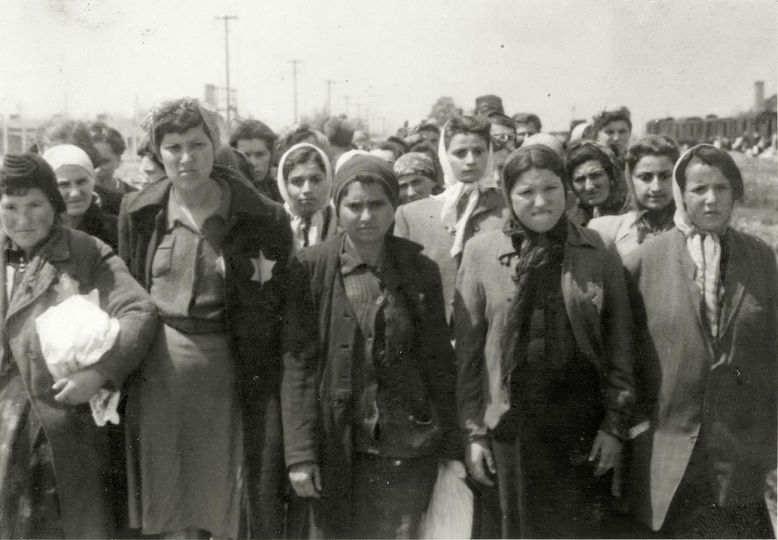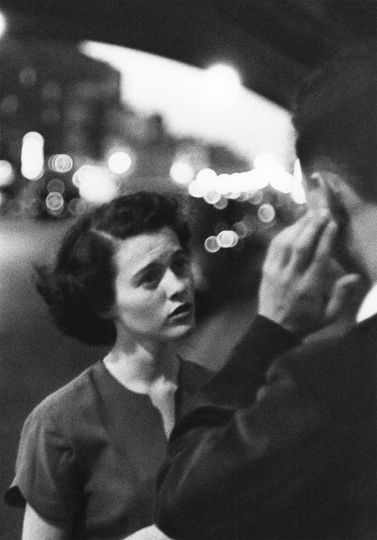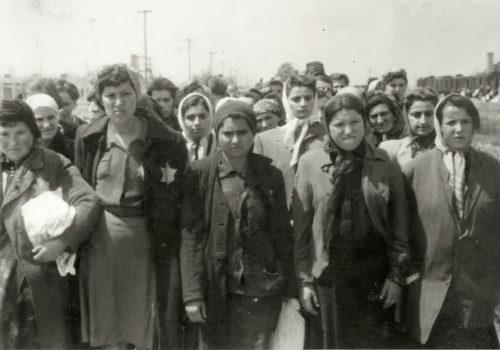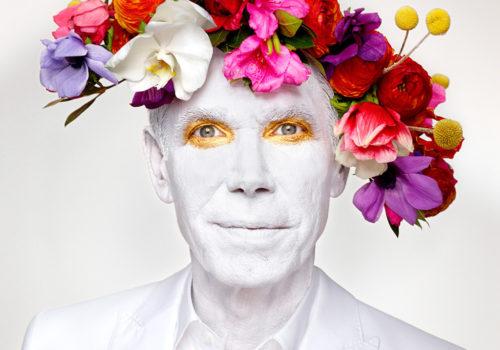I do not know why, but I’ve always been drawn to the anthropological role of photography. No doubt a childhood with the comics of the “ligne claire” already made a lot of young readers travel, whether Spirou, Tintin, Alix or Blake and Mortimer? Or the photos of my father of the great Saharan Erg, when he was crossing it with Roger Frison Roche? And I became a photographer, and suddenly became more and more passionate about the role of the image and what it can say. And the big favorites are most of the time “amateur” authors but who are anthropologists, or explorers: for example I particularly like the photos of Claude Levi-Strauss of his black and white photos in his book “Saudades do Brasil “: we see the everyday life of Indian tribes in the jungle, and they have a tenderness and sensuality that speak to me even more than all scholarly texts!
Same thing with the photos of the Tuaregs of Edmond Bernus, friend and master met thanks to Yveline Poncet the geographer: I participated in the selection of the pictures of her book “Eguereou”, and this “professional amateur” made images as strong as those of the “known” photographers. Same with Wilfred Thesiger, the hero of the Australian photographer Max Pam: when he made his extraordinary journeys in the deserts of Arabia: one is with him, one feels the heat, the thirst, the slowness of the time, the life of the nomads: when a picture evokes the “real”, it is strong, it does not matter whether it is “good” or not!
Aurélien Fontanet is in this great tradition, photographing “well”, but clearly understanding the essential role that his photographs can have in addition: to help the people he photographs, to participate to help also to make known their causes and their dramas: he travels among the Xikrin in the Amazonian jungle, and in addition to his photos, he tells us what they are going thru at the time of the dangers of “civilization” (!), in their case the terrible health problems due to mines that gnaw their bronchus. And also the work of Pierre de Vallombreuse, living in the jungle of the Philippines, testifies to the life of men.
In fact, photography is a humanitarian cause: to photograph and to see is to understand and participate in the world.
Bernard Plossu, May 2019.
The dawn of a dry July evening, landing from another world, I discovered for the first time the Xikrin of Katte so well illustrated by René Fuerst in his book Birdmen of the Amazon.
Karengre, chief of the Djudjeko, fraternally received the doctor and me. He informed us of his preoccupation with the health situation of the villagers and the degradation of the indigenous Kateté reserve exploited by the mining industry. We sympathized. Immersed in the ceremony of Mereremeit under this third crescent moon, we felt the tensions while being softly rocked by the songs of these men and women.
Aurélien Fontanet
















